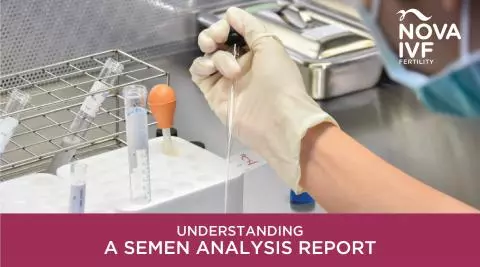Treatments for Peyronie’s Disease: Correcting Penile Curvature

Peyronie's disease is a medical condition in which men are affected by a curve or bend in their penis. This usually happens due to the formation of scar tissues or plaques in the penis due to previous trauma or injury to the penis.
Doctors may suggest different treatment options based on the severity of one's condition. Peyronie's disease treatment includes:
Medications
Pentoxifyllin is an effective oral medicine used to reduce the number of scar tissues and straighten the penis. Some doctors may also suggest vitamin E supplements, topical medications, and coenzyme Q10 to improve the symptoms caused by Peyronie's disease.
Injection
Collagenase clostridium histolyticum (Xiaflex) is a drug that is injected into the penis. This medicine helps in breaking down the collagen buildup and is found effective when used along with a process known as modeling in which the curved penis is bent in the opposite direction of the curve. Another medicine used for injecting into the penis is the Verampil which has also shown to be able to decrease the curve and the pain in many men.
Surgery
When none of the medication works, the doctor considers surgery as a treatment option in order to stop it from getting worse. There are commonly three types of surgical methods used for Peyronie's treatment. It includes:
Plaque Excision or Incision with Grafting
In this type of surgery, the surgeon removes the scar tissues and grafts it with the tissues of one's own body or another human or animal. The surgeon also makes one or more cuts in the scar tissue and stretches to release the tightness. This procedure is done in the severe cases of penile deformity as there is a high risk of causing numbness and erectile dysfunction.
Suturing the Unaffected Side
Here, the longer or the unaffected side of the penis is sutured to match with the side shortened by the scar. This procedure helps in straightening of the penis but can be used in less severe curvatures as it may result in a shortened penis.
Penile Prosthesis
The surgeon here inserts penile implants in place of the rod-like tissues inside the penis that are responsible for an erection. This semi-rigid implant needs to be manually bent upward for sexual intercourse and downward during other times. Apart from these, there are two cylindrical implants placed inside the penis and a small pump inside the scrotum. In this condition, one gets an erection by pumping the scrotum.
 Infertility Counselling
Infertility Counselling Female Infertility Treatment
Female Infertility Treatment Andrology Treatment
Andrology Treatment Fertility Enhancing Surgeries - Female
Fertility Enhancing Surgeries - Female Fertility Enhancing Surgeries - Male
Fertility Enhancing Surgeries - Male Endoscopy Treatment
Endoscopy Treatment IUI Treatment
IUI Treatment IVF Treatment
IVF Treatment ICSI Treatment
ICSI Treatment Advanced IVF Solutions
Advanced IVF Solutions Embryology
Embryology Vitrification Egg, Embryo, Sperm Freezing
Vitrification Egg, Embryo, Sperm Freezing Preimplantation Genetic Testing (PGT)
Preimplantation Genetic Testing (PGT) Donation Program Embryo / Egg / Sperm
Donation Program Embryo / Egg / Sperm Self-cycleTM IVF
Self-cycleTM IVF

 Self-cycleTM IVF
Self-cycleTM IVF










